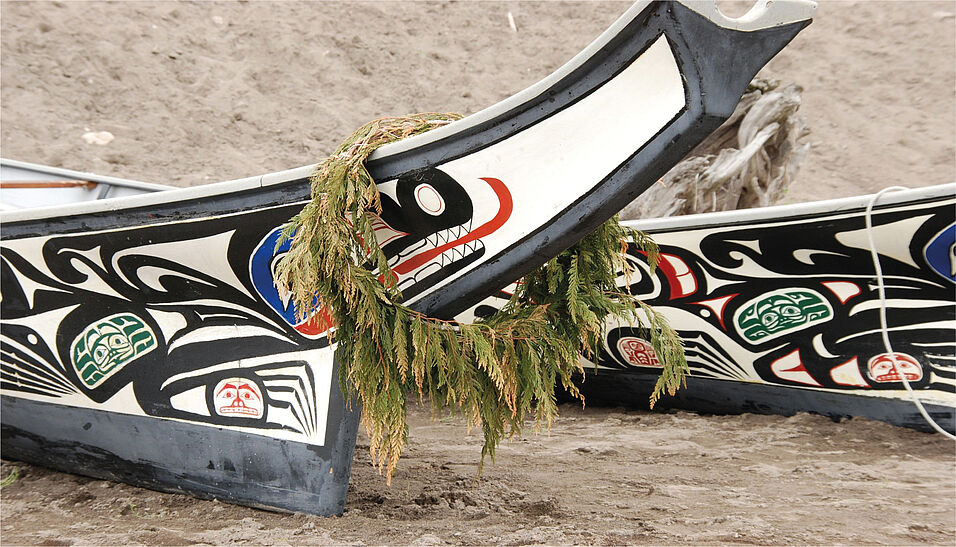The work, described in the journal Science, reveals five previously undocumented migrations and suggests that about 2,500 to 3,500 years ago early inhabitants of remote Pacific islands — including Guam in the northern Pacific and Vanuatu in the southwest Pacific — had matrilocal population structures where migrants joining new communities were almost always men. The practice is different from that of patrilocal societies where women are overwhelming the ones to leave their own community.
The results come from a genome-wide analysis on 164 ancient individuals from 2,800 to 300 years ago as well 112 modern individuals. It was published by a team of researchers co-led by Harvard geneticists David Reich and Yue-Chen Liu, Ron Pinhasi at the Department of Evolutionary Anthropology and Human Evolution and Archaeological Sciences (HEAS), University of Vienna, and Rosalind Hunter-Anderson, an independent researcher working in Albuquerque New Mexico.
“We report a very complex picture with five migration waves, which originate from populations of different ancestry. The fact that three of the sources originate from East Asia provides new insights about the complexity of agricultural dispersals into Remote Oceania”, explains Ron Pinhasi.
The genetic analysis compared early seafarers from Guam, living about 2500 years ago, to others in islands like Vanuatu in the southwest Pacific, living about 3,000 years ago. It showed that their mitochondrial DNA sequences, which humans only inherit from their biological mother, differed almost completely while sharing much more of the rest of their DNA. The only way this can happen is if migrants who left their communities to marry into new ones were almost always males.
“Our results reveal that ancient DNA cannot only track migrations, and admixture between groups, but also reveal sex-specific patterns, which in the case of Micronesia point to male long-distance migrations and matrilocal practices. This is really exciting as we are reaching the stage in which paleogenetic data is providing insights about social structure and mating patterns of past populations, elements that cannot be directly traced from archaeological research”, says Ron Pinhasi.
“Females certainly moved to new islands, but when they did so they were part of joint movements of both females and males” explains Reich. “This pattern of leaving the community must have been nearly unique to males in order to explain why genetic differentiation is so much higher in mitochondrial DNA than in the rest of the genome.”
The new study from the team of geneticists and archeologists quintuples the body of ancient DNA data from the vast Pacific region called Remote Oceania, the last habitable place on earth to be peopled. It also provides surprising insights into the extraordinarily complex peopling of one of Remote Oceania’s major subregions.
Humans arrived and spread through Australia, New Guinea, the Bismarck Archipelago, and the Solomon Islands beginning after 50,000 years ago, but it wasn’t until after 3,500 years ago that humans began living for the first time in Remote Oceania after developing the technology to cross open water in unique long-distance canoes.
This expansion included the region called Micronesia: about two thousand small islands north of the Equator including Guam, the Marshall Islands, the Caroline Islands, Palau, and the Northern Mariana Islands.
The routes people took to arrive in the region have long been a mystery.
The analysis shows that the process of peopling of Micronesia were largely independent from and more complex that the human expansion into the southwest Pacific.
From the five migrations that the team detected, three are from East Asia, one is Polynesian, and the last is Papuan ancestry coming from the northern fringes of mainland New Guinea. The mainland New Guinea-related ancestry is a surprise, as a different stream of migration— one from New Britain, an island chain to the east of the New Guinea —was the source of the Papuan ancestry in the southwest Pacific and in Central Micronesia.
Publication in Science
Ancient DNA reveals five streams of migration into Micronesia and matrilocality in early Pacific seafarers. Yue-Chen Liu Rosalind Hunter-Anderson , Olivia Cheronet, Joanne EakinFrank Camacho , Michael Pietrusewsky, Nadin Rohland, Alexander Ioannidis, J. Stephen Athens , [...], Ron Pinhasi, David Reich – Science, 79: 377

